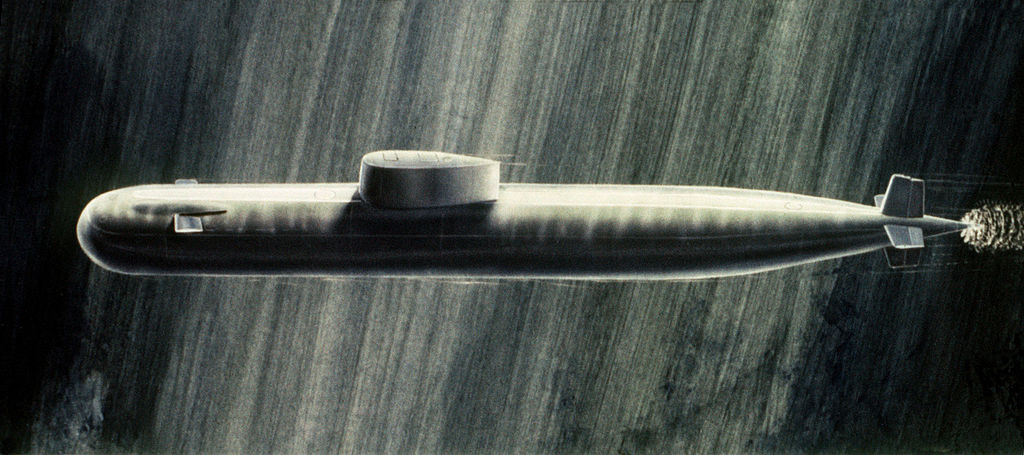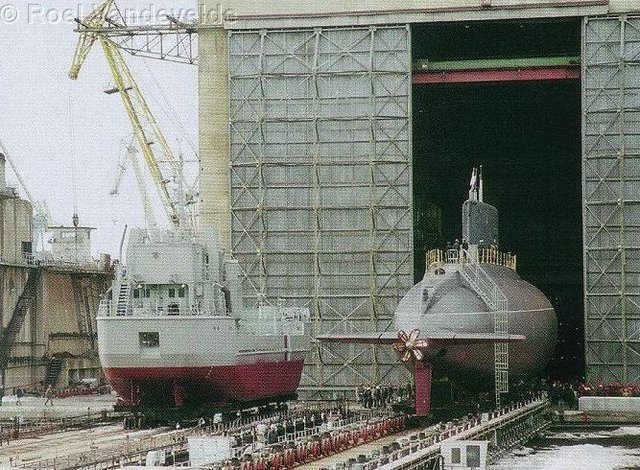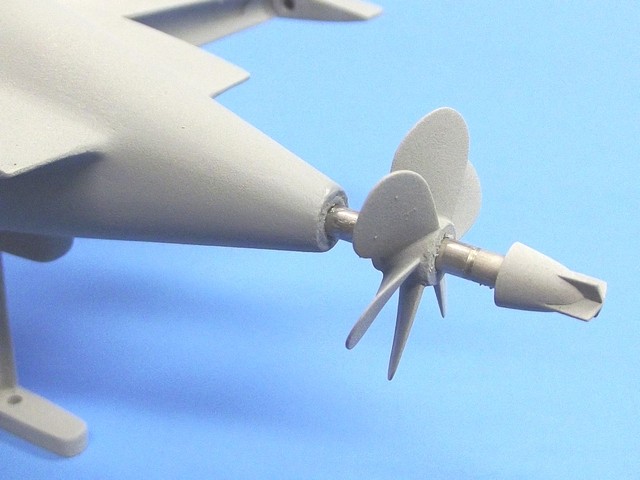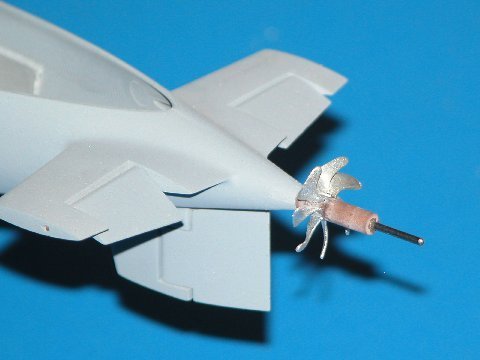It seems like not too long ago I wrote one of these for one of my hero’s. This has come too soon.
farewel Alan Lavern Bean- Apollo 12, Skylab 3.
Also a fantastic artist.

farewel Alan Lavern Bean- Apollo 12, Skylab 3.
Also a fantastic artist.









Comment